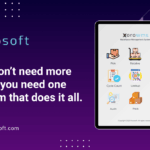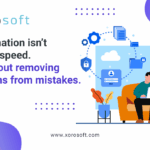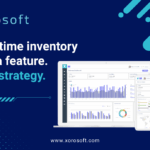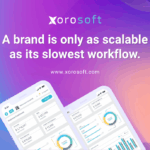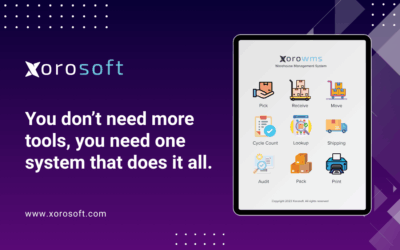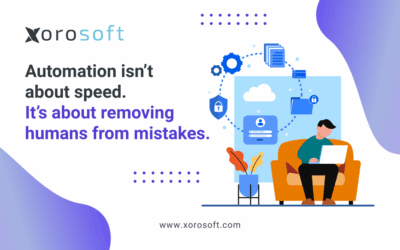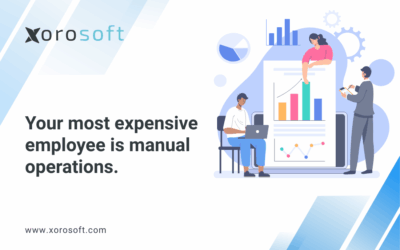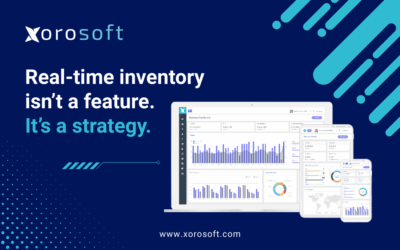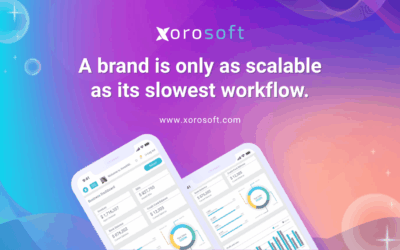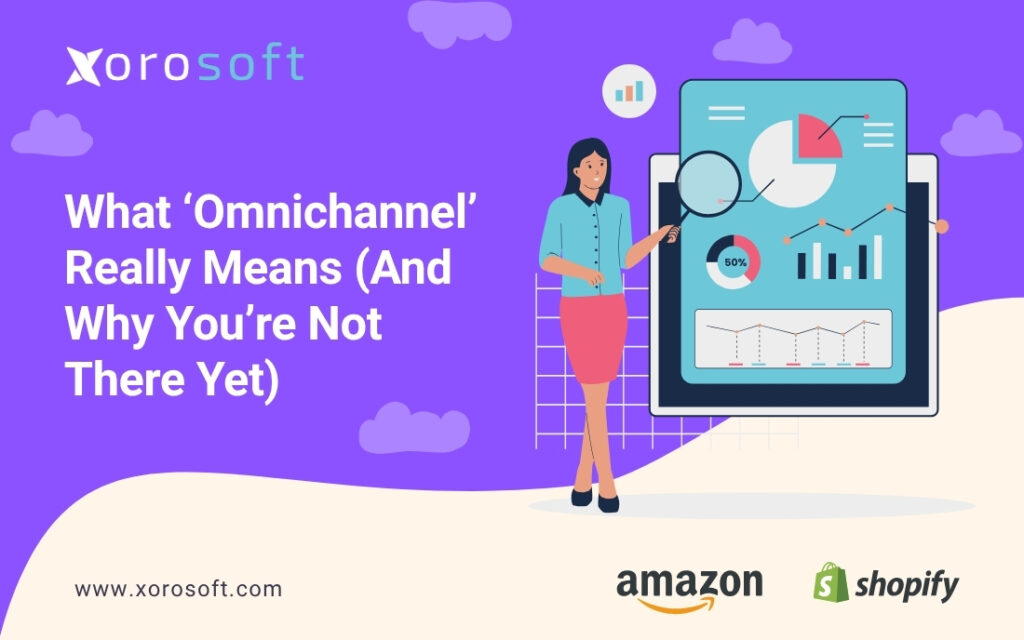
Omnichannel sounds nice—until your operations fall apart
Omnichannel ERP gets thrown around like it’s a shiny badge of honor.
But if you’ve ever tried to juggle online orders, brick-and-mortar stock, 3PL fulfillment, and backend accounting from five different systems… you know it’s anything but simple.
Most businesses think they’re omnichannel the moment they add a new sales channel—Shopify, Amazon, or a retail POS. However, without a unified system underneath, they’re really just multiplying complexity.
And that complexity costs you: stockouts, fulfillment delays, reporting blind spots, and team burnout.
Let’s break down what omnichannel ERP truly means—and what’s actually stopping you from getting there.
The high cost of fake omnichannel setups
Here’s the ugly truth: most businesses operating across multiple channels are barely holding it together behind the scenes.
Maybe you’ve felt this:
-
An order comes in from Amazon, but your warehouse never sees it.
-
Your accounting team scrambles to reconcile five sets of reports—none of which match.
-
You update your product catalog on Shopify, but your WMS and ERP still show last month’s data.
-
Inventory gets oversold on one channel, while it sits untouched in another.
This isn’t just inconvenient. In fact, it kills trust with customers, creates chaos for your team, and eats away at margins with manual rework.
In many cases, what most companies call “omnichannel” is just a tangle of disconnected systems duct-taped together. That’s not scale. That’s survival mode.
Disconnected systems break omnichannel ERP
So why does this keep happening?
Because your sales channels have evolved… but your backend hasn’t.
Let’s look at what’s likely going on behind the scenes:
-
Spreadsheets are still used to track inventory manually.
-
QuickBooks handles accounting but has zero visibility into fulfillment or real-time stock.
-
Shipping platforms run separately from your product catalog.
-
Your ERP (if you have one) wasn’t designed to handle real-time data across locations and channels.
As a result, every department ends up speaking a different language—and no one has the full picture.
You’re not falling behind due to poor strategy. Rather, your systems simply don’t work well together.
Real omnichannel ERP = unified, real-time visibility
Let’s set the record straight: true omnichannel doesn’t just mean “selling on multiple platforms.”
Instead, it means delivering a consistent, connected experience across every customer touchpoint—powered by real-time visibility and automation behind the scenes.
That means:
-
A customer places an order on Shopify and picks it up in-store—without a hitch.
-
Your warehouse instantly knows what to pack, and what’s out of stock.
-
The system automatically updates your accounting across all channels—no chasing reports.
-
Your team isn’t wasting hours on duplicate data entry or manual reconciliation.
Your business can only achieve this when it runs on one centralized ERP system, not ten disconnected apps.
Why legacy tools fail at omnichannel ERP
A lot of companies try to “patch their way” to omnichannel by adding bolt-ons or custom middleware.
But here’s why that approach falls short:
-
Slow syncs between apps cause delays and stock inaccuracies.
-
APIs break, and you don’t know until customers start complaining.
-
Teams still need to manually intervene to keep everything running.
-
You’re reactive—constantly chasing problems instead of preventing them.
Simply put, you can’t build a modern customer experience on outdated infrastructure.
It’s like putting a Tesla engine in a horse cart. That’s why omnichannel requires deep integration, real-time updates, and process automation—none of which legacy systems provide.
Xorosoft ERP: Built for real omnichannel success
Xorosoft ERP was built for this exact challenge—helping fast-growing businesses unify their entire operation into one real-time platform.
Here’s what makes it different:
-
Cloud-native architecture: Fast, flexible, and always up to date
-
Native integrations with Shopify, Amazon, 3PLs, and EDI—so your channels are truly connected
-
Built-in WMS, not a bolt-on—giving your warehouse real-time visibility into inventory and fulfillment
-
Multi-location and multi-currency support: Scale across regions without the chaos
-
Hundreds of API integrations: Seamless automation across your tech stack
-
Top-rated on G2: Xorosoft is currently #1 in Ease of Use for ERP systems
And yes—Xorosoft is fully live on the Shopify App Store, making it easier than ever to sync your storefront with your backend.
Xorosoft ERP doesn’t just act as software. It serves as the backbone of a truly omnichannel business.
To see how it compares to other tools, check out the Xorosoft Features page or explore real case studies.
Stop managing channels in silos—upgrade to omnichannel ERP
If you’re constantly stitching together spreadsheets, apps, and workarounds to keep up with orders, it’s not a strategy—it’s a stopgap.
Instead, True omnichannel ERP is only possible when your operations, inventory, fulfillment, and accounting all work from a single source of truth.
Fortunately, Xorosoft ERP delivers exactly that. No more guesswork. No more data silos. Just clarity, automation, and control—So, if you’re ready to break out of the chaos, and finally take control of your multi-channel operation—Xorosoft is your answer.
👉 Ready to go from fragmented to fully connected? Book a demo today.
